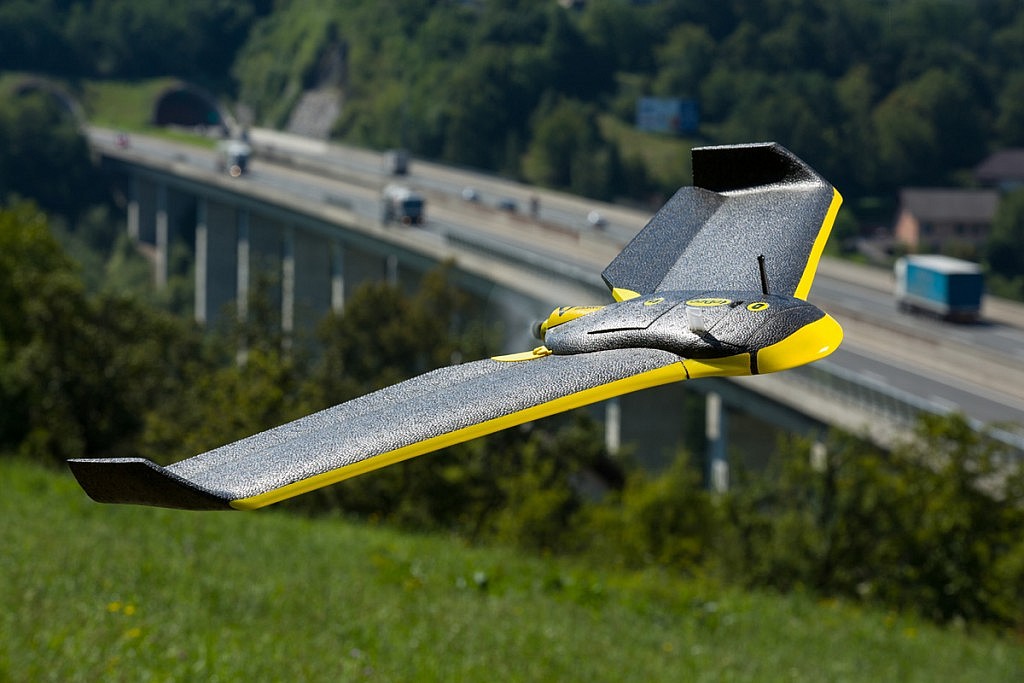Critical situations of the unmanned aerial vehicle occur extremely rarely. SenseFly eBee unmanned aerial vehicle used by Geavis will try to return to its take-off location and to land safely before its battery will get empty. In the unlikely event that the reception of the GPS signal fails, a normal navigation is no longer possible. To reduce the risk of injuries and endangering the surroundings, the flight function of SenseFly eBee unmanned aerial vehicle will immediately switch to land mode in a typical circular flight pattern at low speed. If the reception of the GPS signal is restored, SenseFly eBee aerial vehicle can also establish its own navigation and return to its take-off location.
The sensors of aerial vehicle report at all times on all its vital functions in order that its position, altitude, speed, and battery status may be controlled by the operator. The autopilot takes care of the flights through the planned track, by activating the camera and data logging of GPS / IMU. The operator can thus focus all its attention to the flight control and, if necessary, respond immediately by changing the planned flight. Low weight (600 g), flexible material, and low speeds thus present minimal and negligible risk of injuries in case of a possible collision of the aerial vehicle.

